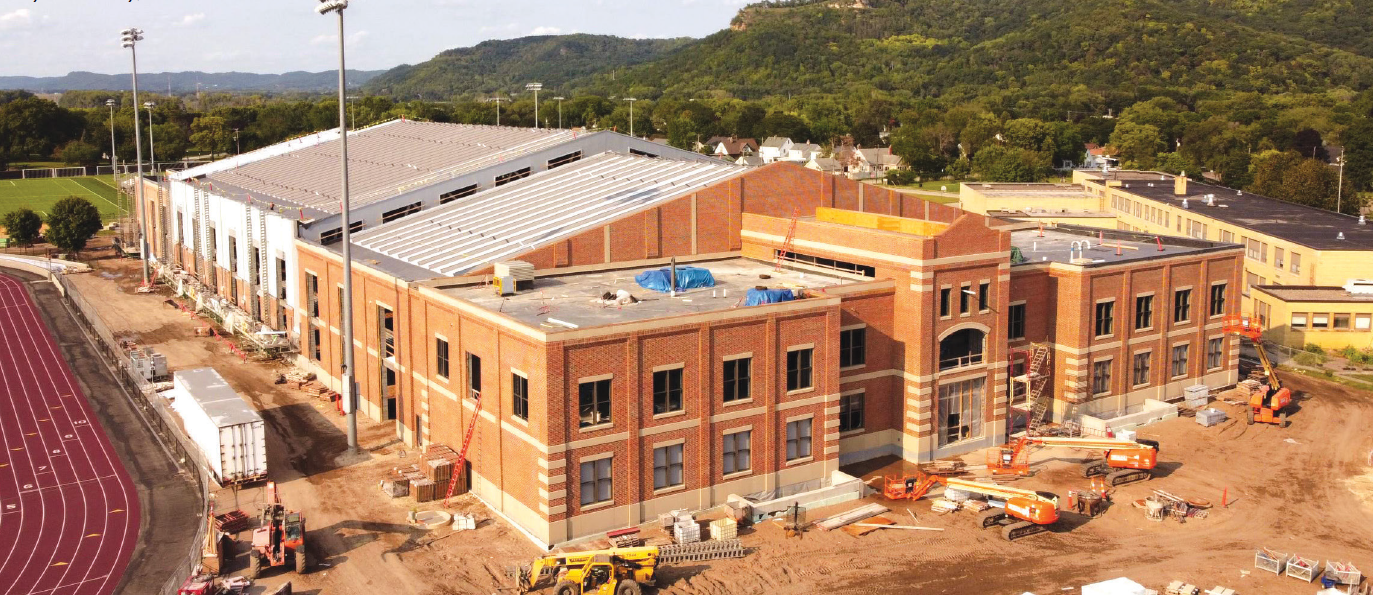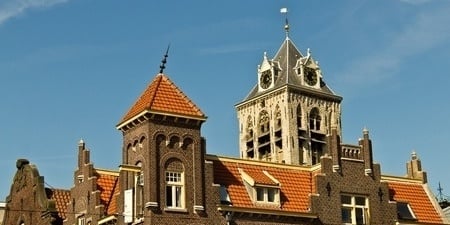 IMI is part of the industry review committee for a research program on hybrid masonry and steel structural behavior under seismic loading, currently being tested at the University of Illinois Urbana Champaign (UIUC) as part of a National Science Foundation (NSF) Award.
IMI is part of the industry review committee for a research program on hybrid masonry and steel structural behavior under seismic loading, currently being tested at the University of Illinois Urbana Champaign (UIUC) as part of a National Science Foundation (NSF) Award.
Hybrid masonry/steel structures refers to reinforced masonry used as participating infill within a structural steel frame. Hybrid masonry can apply to exterior and interior walls with or without openings and in both single wythe or cavity wall designs. It has the potential to eliminate the steel bracing and reduce the size of the steel frame through load-sharing between the frame and infill. The concept has been used in low seismic regions in the Midwest and eastern United States. It has been included in commercial structural software programs since 2007 which has increased interest in the system. This research is tasked with assessing the performance of hybrid masonry in moderate to high seismic regions.
 The research focuses on the connection from frame to masonry as that is critical to making the two materials function structurally as a system. The research team at UIUC led by Professor Daniel P. Abrams will examine three types of hybrid masonry. The connectivity of the masonry to the frame determines performance. Conceptually, type I is a non-loadbearing shear wall incorporated within the frame and type II is a loadbearing shear wall. Type III is a reinforced infill that is load-bearing.
The research focuses on the connection from frame to masonry as that is critical to making the two materials function structurally as a system. The research team at UIUC led by Professor Daniel P. Abrams will examine three types of hybrid masonry. The connectivity of the masonry to the frame determines performance. Conceptually, type I is a non-loadbearing shear wall incorporated within the frame and type II is a loadbearing shear wall. Type III is a reinforced infill that is load-bearing.
 Professor Abrams recently gave an update on the research: "We have masonry panels constructed for the first test structure and are about to start assembly of the frame. Apprentices from BAC Local 8 Illinois will be constructing the next four base-story masonry panels. With five test structures prefabricated, once we get clearance for the testing site, we will make some progress this spring and summer."
Professor Abrams recently gave an update on the research: "We have masonry panels constructed for the first test structure and are about to start assembly of the frame. Apprentices from BAC Local 8 Illinois will be constructing the next four base-story masonry panels. With five test structures prefabricated, once we get clearance for the testing site, we will make some progress this spring and summer."






